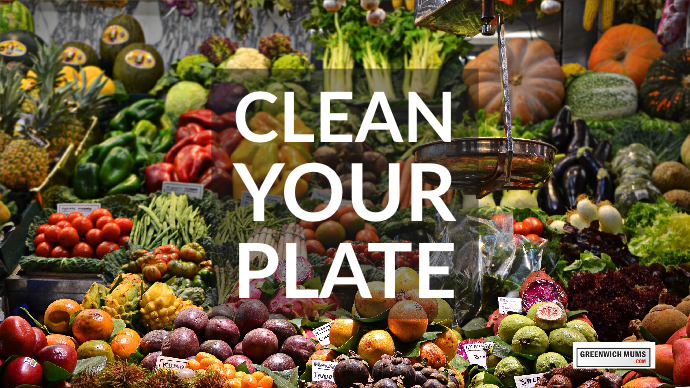Like most parents, we want our children to be healthy and active, and we all know that children look to their parents to guide them and show them the way. However, not everything we learnt from our parents is what experts would consider being most healthful now.

According to obesity researchers, the US Obesity Rate has more than doubled for preschoolers and adolescents and more than tripled for ages 6 to 11-over the past 30 years. Obesity can have severe implications for the physical and mental health of a child, which can then follow on into adulthood. The numbers of children who continue to have an unhealthy, and potentially dangerous, weight, is a national public health concern.
According to the UK National Child Measurement Programme 2014/15 – 1 in 5 Children in Reception Class is either overweight or obese. Boys 22.6% and Girls 21.2%. As is 1 in 3 as they reach year six, again boys at 34.9% and girls 31.5%
So, how do we parents help keep our children, and the entire family, healthier, both at home and away-from-home?
Firstly, talking to your GP or registered dietitian if you have any worries as he or she can help you determine the healthiest weight goals for the entire family. Then they can make a plan with you to tackle the issue. The thirteen tips listed below, will help you, help your families eat more healthy.
Give them a try as small changes can create some really big wins!
If you can, eat at least one meal together daily, at regular intervals to discourage snacking. If this is not possible, try family Sunday Lunch.
Prepare healthy dishes for the whole family, not just individual foods for an overweight member.
Don’t use food as a reward, comfort or punishment.
Watch your portions. “Clean your plate” is not always the way to go.
Eat slowly. It takes almost 20 minutes for our brains to register that we are full.
Encourage water or skimmed milk instead of high-calorie, sugary drinks.
Getting kids to eat at least five servings of vegetables and fruits each day will not be easy but focus on the colours to make it more fun. Or create soups with beautiful names packed with the 5-10 a day.
Take the stairs. When you go shopping, park the car farther away from the shops and walk. Or get off the bus stop before yours.
Limit television, video games or computer time.
Stick with items that are baked, boiled, roasted steamed or poached-not fried.
Ask for nutritional information when eating out. All restaurants will have these as standard these days.
Look beyond the kid’s menu, which is often limited to common fried, high-calorie, high-fat foods. Split one healthier adult starter between two children.
Ask that bread, beverages and tortilla chips be served with the meal, not beforehand. Then you won’t overeat before your starters arrive!
Parents. We can help our children reach wellness goals by first making healthy changes within our homes. Healthy eating does not happen overnight, but children take cues from their parents and will learn behaviours over time.
* You must not rely on the information on Greenwichmums as an alternative to medical advice from your doctor or other professional healthcare providers. If you have any specific questions about any medical matter, you should consult your doctor or other professional healthcare providers. If you think you may be suffering from any medical condition, you should seek immediate medical attention and you should never delay seeking medical advice, disregard medical advice or discontinue medical treatment because of information on Greenwichmums.